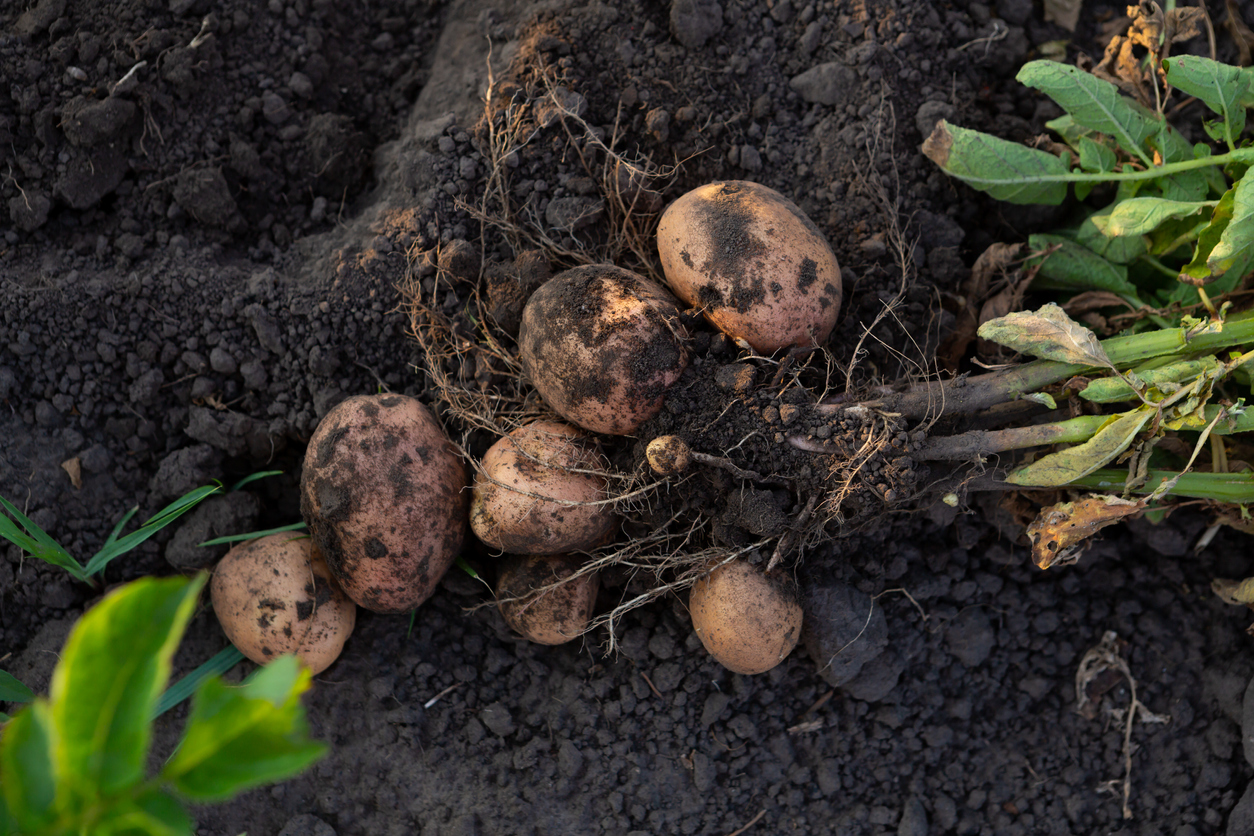Potatoes are one of the most popular starchy vegetables all over the world, but did you know to grow potatoes they use a lot of nitrogen fertilizer? Nitrogen fertilizer is harmful for the environment and is expensive for farmers to buy. Researchers recently discovered the StCDF1 gene in potatoes, this gene helps control when potatoes grow tubers. Tubers are the parts of the potato that we consume. The StCDF1 gene also affects how efficiently the plant is able to absorb nitrogen. What the StCDF1 gene does, is turns off the enzyme that helps the plant use nitrogen, knowing this now makes sense to why potatoes currently need so much fertilizer to grow. When colder places in Europe were growing potatoes, the StCDF1 gene became more active, which enabled the tubers to grow throughout the colder seasons but reduced nitrogen efficiency even more. Researchers were able to disable StCDF1 to test what would happen, it resulted in the plants growing lots of big leaves and roots with no tubers. This left them thinking that the older potato varieties probably used nitrogen more efficiently. In the future, scientists are going to try to modify the StCDF1 gene and crossbreed to create potatoes that will grow efficiently without using a ton of fertilizer.
This article really interested me because it demonstrates how one gene like StCDF1 can make a huge impact on how potatoes grow and how efficiently they use nitrogen. This study's finding can help farmers out a lot because they will be able to spend less on fertilizer while producing good quality potatoes. Not only will this help farmers out but it will also be helping our environment. Soil with excess nitrogen damages ecosystems, pollutes water, and adds to our global warming problem. This article puts into perspective how much genetics impacts real world situations. Applying genetics to industries like the agriculture industry makes it more interesting to learn about.

No comments:
Post a Comment